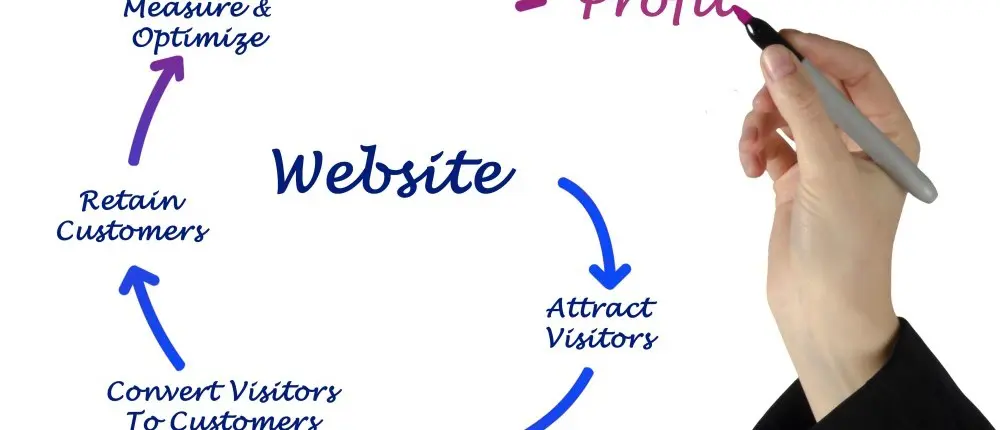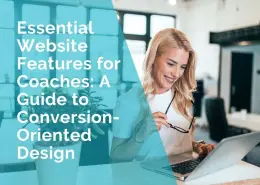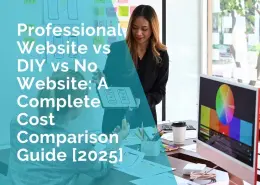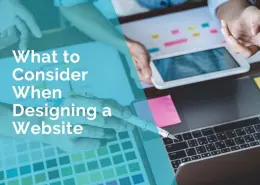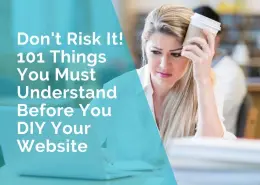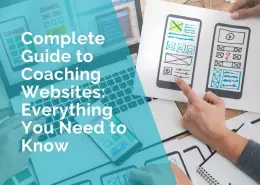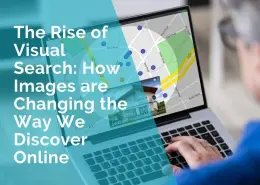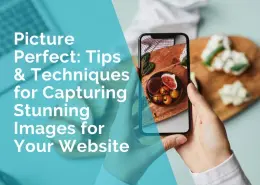Why You Need To Stop Wasting Money On Website Traffic
Many new online entrepreneurs waste thousands of dollars promoting their shiny new websites, only to be disappointed by the results. They are so excited about finally having arrived on the internet, they want to announce it to the world! And who can blame them.
If you are blushing right now because you have thrown away a lot of money promoting your website without getting the results you were hoping, read on … all is not lost.
When it comes to designing and promoting your website, my rule is simple. Use 20% of your budget on creating your website and 80% on promoting it!
Ultimately it comes down to having a website that gives your visitors what they need, when they need it. Before you spend any (more) money on driving traffic to your site, ask yourself the following questions:
1. Is my website visitor friendly?
In other words, can your visitors find the information they are looking for easily and quickly and that means great navigational system. Most websites either display their navigation bar on the left or at the top. And since most people are used to this type of navigation, it’s best to stick with it. It also helps to include your navigation bar at the bottom of each page to save your visitors from having to scroll back to the top.
2. Is my website search engine friendly?
Search engines try to list sites that contain good content, so you need keywords and phrases on your pages that best describe your service and products. For example, if you are a florist, use the words such as florist, online florist, virtual florist, wedding florist, florist in Sydney, florist on line, flowers, floral, bouquets, floral arrangements etc as many times as possible to ensure high search engine ranking. To find out what keywords your customers may be searching, check out wordtracker.com – you may be surprised!
Once you decide on the keywords, use them in
(a) Your website’s domain name
(b) The title of your page – This is displayed in the top bar of your browser window
(c) The heading of your home page
(d) The first paragraph of your home page
(e) Meta tags – Keywords, page title, description
(f) Titles of your graphics
Whilst it is important to use keywords as much as possible, it is also important you use them only if they are relevant and do not sound awkward. If you spam your keywords you may be penalised or even banned by some search engines.
3. Am I focusing on my visitors’ needs?
Rather than trying to “sell your business”, let your prospects know how your product/service is going to benefit them. Emphasize the benefits and solve problems. Make this the focus of everything you write on every page of your site. Don’t try to sell visitors your products or service, help them.
4. Am I cross-selling or up-selling?
If a customer is looking for a particular product, offer them details of related products. By recommending other products, your customers will learn what else is available and in many cases it will translate to additional sales for you.
A company that does this exceptionally well is Amazon – www.amazon.com. Search for a particular book and you will find information on what other people who ordered this book also bought.
Make it as easy as possible for customers to complete an order by providing clear instructions. Ensure delivery costs are outlined before a customer begins the ordering process.
5. Am I offering value to my customers?
Offer bonuses, free trials, discounts and prizes. List the dollar value beside each bonus. People will feel they’re getting a good deal and it will increase the value of your product.
6. Am I collecting visitors’ email addresses and building a mailing list?
An absolute must if you want to build a mailing list. Most people don’t like giving out too much information, so ask only the basics, such as Name and Email Address. Then keep in touch with your customers on a regular basis by sending out information that may be of interest to them. You may even wish to develop your own on-line magazine (ezine). There are many fantastic free or inexpensive programs that can handle this for you.
7. Does my website include testimonials/product reviews/before & after
Include testimonials from your current customer to show your potential clients that you are trustworthy, reliable and that you offer great service and/or products. Make sure the testimonials are real and if possible provide contact details of the person who supplied you with the testimonial. If you don’t have any right now, get them! Simply email your customers and ask for their feedback on your business and service. Most happy customers will gladly provide this.
You could also include before and after photos. Show the problem picture and beside it show the picture of resolution, with an explanation of your product’s benefits.
8. Do I offer a 100% Satisfaction Money Back Guarantee?
Offer a money back guarantee. The longer the guarantee, the more effective it will be. It could be 30 days, 60 days, 1 year or lifetime. You want to take the risk out of doing business with you.
9. Did I include media information on my site?
Include any information, articles, photos of your products, staff etc that have appeared in the media – print, TV, radio or internet. This is an incredible credibility booster!
10. Is there a Photo Gallery / Portfolio on my website?
Even if you do not wish to sell your products on-line, you may wish to showcase your goods or services in a special photo gallery. They say “pictures speak a thousand words” and on your website it is particularly important. Some examples of photo galleries & portfolios include:
– photographers – photos they have taken,
– marriage celebrants – ceremonies they’ve performed,
– entertainers – photos from their performances,
– dress designers – garments they’ve designed
– web designers – websites they’ve created
– cake decorators – special cakes they’ve made and decorated, etc.
11. Is my contact information easy to find?
Place contact details in as many places as possible. Make it easy for your customers to contact you. Create a special “Contact Us” page, include your details in “About Us” page and also at the bottom of each page. Information to include: business name, physical address, mailing address, telephone, fax, email, emergency number, website address.
Remember on the internet it’s about credibility, credibility, credibility. You need to prove to your visitors that you reliable and trustworthy.
So please don’t spend another dollar driving traffic to your website unless you can answer “YES” to most of the questions above.
*****
by Ivana Katz
Websites 4 Small Business – www.web4business.com.au


